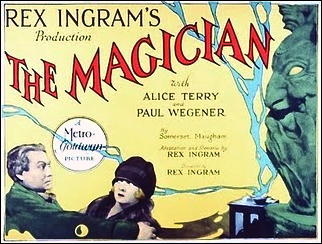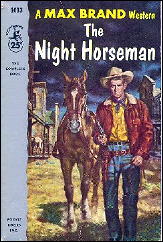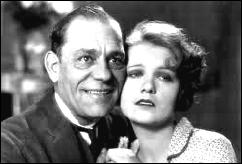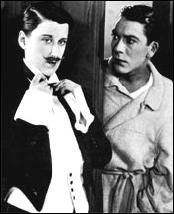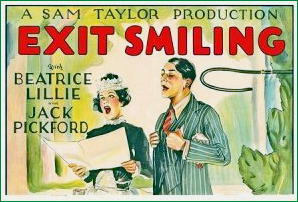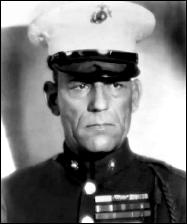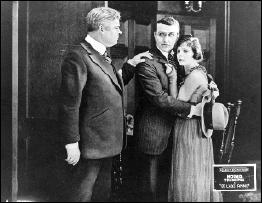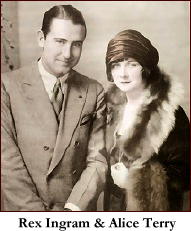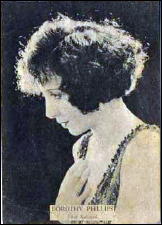Thu 19 Aug 2010
A Movie Review by Walter Albert: THE MAGICIAN (1926).
Posted by Steve under Horror movies , Reviews , Silent films[7] Comments
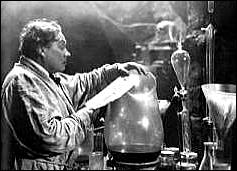
THE MAGICIAN. MGM, 1926. Alice Terry, Paul Wegener, Iván Petrovich, Firmin Gémier, Gladys Hamer, Henry Wilson, Hubert I. Stowitts. Based on the novel by W. Somerset Maugham, adapted by Rex Ingram. Director: Rex Ingram. Shown at Cinecon 27, Hollywood CA, September 1993.
When I told a close friend how excited I was that Cinecon had scheduled one of my long outstanding “must see” films, Ingram’s The Magician, he replied that Ingram was not one of his favorite directors and this film was “one of his weakest.”
Talk about a wet blanket!
He added that the print he had seen was not “a very good one.” Well, I can now report that Cinecon came up with a beautiful print that displayed to marvelous advantage Ingram’s notable pictorial qualities.
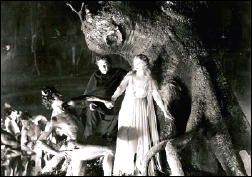
The narrative concerns an Aleister Crowleyish black magician (Paul Wegener, the unforgettable creature of The Golem) who elopes with a beautiful sculptress (played by Alice Terry) whom he needs in a hellish experiment to create life according to a formula he has discovered in an ancient book of sorcery.
The climactic sequences take place in his stone castle, sitting on a hill overlooking an ancient city with cobbled streets and Tenggren-like houses (see the opening sequence of Pinocchio for an artistic equivalent).
He is aided by a malicious, misshapen dwarf, and at the end, the top of the castle blows up. This is the quintessential setting and some of the narrative and character staples of the 1930s Universal Frankenstein cycle, and, if it is hokum (as indeed it is), it is hokum in a style that I can’t resist.
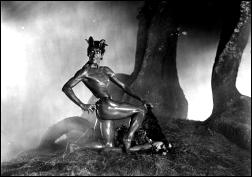
The opening scene is a sculptor’s studio that looks like a plate out of a 19th-century art history book. Wegener’s flamboyant style is perfect for the mesmerizing role of the magician and I am only sorry that there wasn’t a Bride of the Magician, and a Son of the Magician to constitute a cycle.
Now, if somebody will just schedule screenings of Ingram’s Scaramouche and The Four Horsemen of the Apocalypse. But I won’t ask my friend for a recommendation.
Editorial Comment: Dan Stumpf reviewed the book by Maugham this movie is based earlier this year. Check it out on this blog here.
